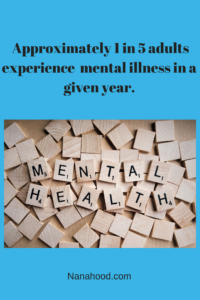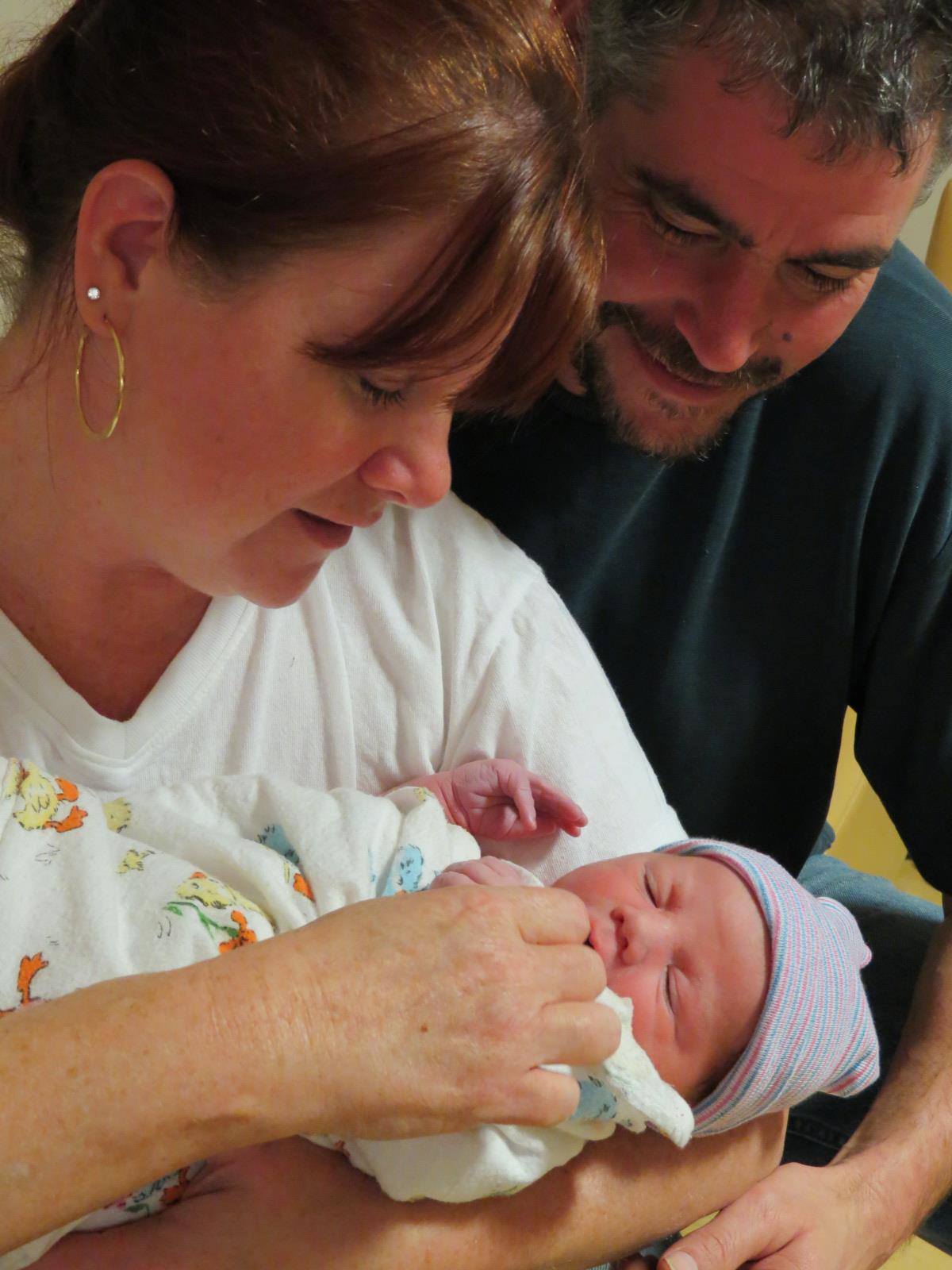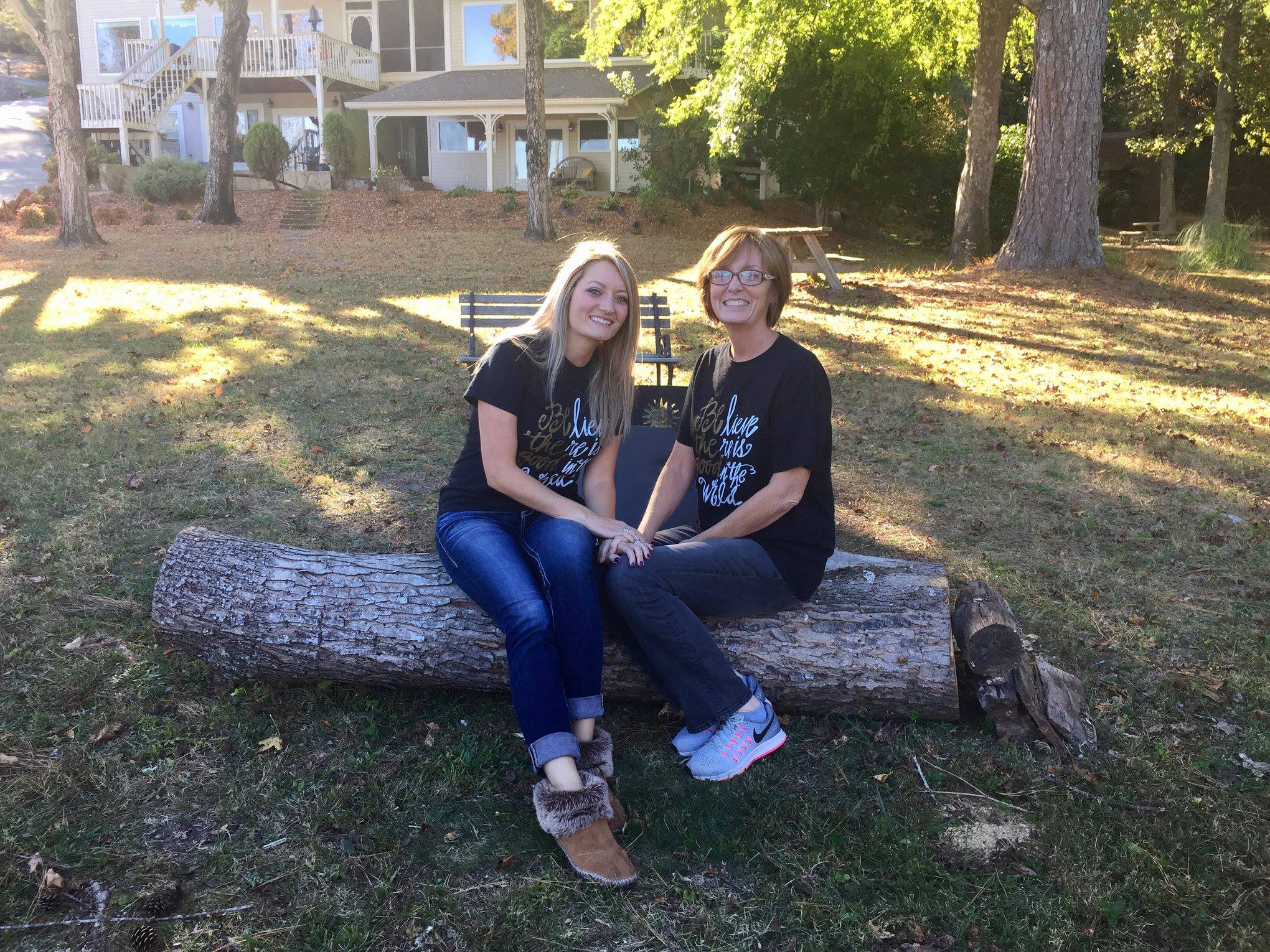Mental Illness-We Still Have A Long Way To Go
Years ago I had a great aunt who committed suicide by crawling inside a refrigerator and closing the door. Even as a child I knew that the adults talked about it in hushed tones because it wasn’t normal. That was my first encounter with mental illness, but it wouldn’t be my last.
Recently there has been an increased level of conversation about mental illness and suicide with the deaths of celebrities like Kate Spade and Anthony Bourdain.
The suicide rate in the United States has seen sharp increases in recent years. It's now the 10th leading cause of death in the country, according to the American Foundation for Suicide Prevention. Share on XIt’s hard to comprehend the enormity of the problem but take a look at these statistics.
Prevalence Of Mental Illness (From the National Alliance of Mental Illness-NAMI)
- Approximately 1 in 5 adults in the U.S.—43.8 million, or 18.5%—experiences mental illness in a given year.1
- Approximately 1 in 25 adults in the U.S.—9.8 million, or 4.0%—experiences a serious mental illness in a given year that substantially interferes with or limits one or more major life activities.2
- Approximately 1 in 5 youth aged 13–18 (21.4%) experiences a severe mental disorder at some point during their life. For children aged 8–15, the estimate is 13%.3
- 1.1% of adults in the U.S. live with schizophrenia.4
- 2.6% of adults in the U.S. live with bipolar disorder.5
- 6.9% of adults in the U.S.—16 million—had at least one major depressive episode in the past year.6
- 18.1% of adults in the U.S. experienced an anxiety disorder such as posttraumatic stress disorder, obsessive-compulsive disorder and specific phobias.7
- Among the 20.2 million adults in the U.S. who experienced a substance use disorder, 50.5%—10.2 million adults—had a co-occurring mental illness.8
Behind all those statistics are faces and families that suffer sometimes together and sometimes individually and in silence. They wonder what to do and how to help. They spend sleepless nights staring at the ceiling and wondering asking themselves “what if?”
One Sunday Morning
My husband was taking out the garbage when his cell phone rang. He came running in the house and grabbed his car keys and said he was going to our son’s house, that someone was there and talking crazy. I called my daughter-in-law to see if they were okay.
A man had shown up at their house and banged on the front door, then went to the next door and knocked loudly on it. When my daughter-in-law answered the phone she was obviously upset and said that the man was talking about flipping a switch and not making any sense. She was terrified.
The police arrived and the man was still talking about alarms going off, the ground shaking and God telling him to flip a switch in a cabin. Inside his pick-up truck were two loaded guns.
Social Stats
- An estimated 26% of homeless adults staying in shelters live with serious mental illness and an estimated 46% live with severe mental illness and/or substance use disorders.9
- Approximately 20% of state prisoners and 21% of local jail prisoners have “a recent history” of a mental health condition.10
- 70% of youth in juvenile justice systems have at least one mental health condition and at least 20% live with a serious mental illness.11
- Only 41% of adults in the U.S. with a mental health condition received mental health services in the past year. Among adults with a serious mental illness, 62.9% received mental health services in the past year.8
- Just over half (50.6%) of children with a mental health condition aged 8-15 received mental health services in the previous year.12
- African Americans and Hispanic Americans each use mental health services at about one-half the rate of Caucasian Americans and Asian Americans at about one-third the rate.13
- Half of all chronic mental illness begins by age 14; three-quarters by age 24. Despite effective treatment, there are long delays—sometimes decades—between the first appearance of symptoms and when people get help.14
The Same Sunday
The man that came to my son’s house was obviously mentally ill. He was arrested and charged with trespassing, resisting arrest and several other things. When we checked the county jails website later we found he spent a few hours in jail and was released. We were shocked but hopeful that they had sent him to a mental health facility to be evaluated. We prayed he would get the help he needed.
Consequences Of Lack Of Treatment
- Serious mental illness costs America $193.2 billion in lost earnings per year.15
- Mood disorders, including major depression, dysthymic disorder and bipolar disorder, are the third most common cause of hospitalization in the U.S. for both youth and adults aged 18–44.16
- Individuals living with serious mental illness face an increased risk of having chronic medical conditions.17 Adults in the U.S. living with serious mental illness die on average 25 years earlier than others, largely due to treatable medical conditions.18
- Over one-third (37%) of students with a mental health condition age 14–21 and older who are served by special education drop out—the highest dropout rate of any disability group.19
- Suicide is the 10th leading cause of death in the U.S.,20 the 3rdleading cause of death for people aged 10–1421 and the 2nd leading cause of death for people aged 15–24.22
- More than 90% of children who die by suicide have a mental health condition.23
- Each day an estimated 18-22 veterans die by suicide.24
Two Weeks After That Sunday Morning
The man who went to my son’s house is to go to court. But instead of going before a judge he goes into his bathroom and kills himself. Instead of his family visiting him at a mental health facility, they are receiving family and friends at the funeral home.
Why?
Why would the police release an obviously mentally ill man who had two loaded guns in his possession a few hours after they arrested him?
I don’t know the answer to that question but here is what I do know.
The annual age-adjusted suicide rate is 13.42 per 100,000 individuals. Men die by suicide 3.53x more often than women. On average, there are 123 suicides per day. White males accounted for 7 of 10 suicides in 2016. Firearms account… Share on XHow Do We Help?
Here are some links to professional sites for help.
Encouraging a Loved One to Seek Help
How to help a loved one with mental illness
Tips for how to help a person with mental illness
The statistics used in this post can be found at National Alliance for Mental Illness Web Site
If you know someone who is mentally ill find a way to get them help. Don’t wait. It’s important to take action as soon as possible.







